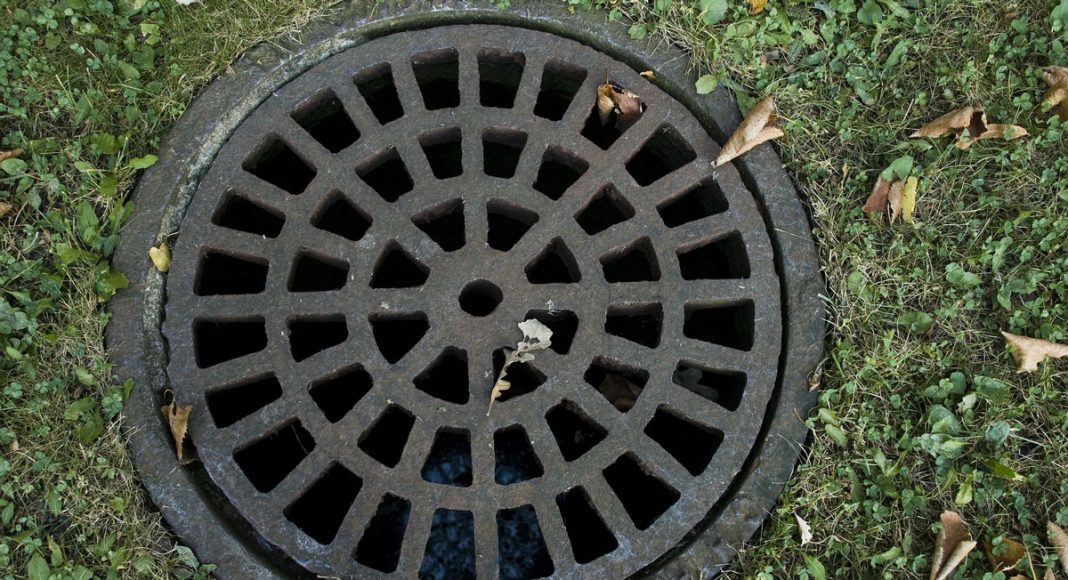How much cannabis are Canadians consuming? It’s a tough question to answer, but a federal agency has come up with an innovative way to monitor consumption: Sewage.
Yes, Statistics Canada, the national government’s official bureau commissioned to collect and study data, has begun drug screening by monitoring what gets flushed down the toilet.
Six cities —Toronto, Montreal, Edmonton, Alberta; Vancouver and Surrey in British Columbia; and Halifax, Nova Scotia — have agreed to provide sewage samples from wastewater treatment plants. The agency hopes to collect drug-use data from nearly 25 percent of the country’s 36 million citizens.
Canada is not the first nation to adopt this unusual approach. Several countries in Europe sample wastewater as a way to measure drug usage. New Zealand has been collecting data from sewage since last year, and Australia tests nearly half of its population’s wastewater for substance use.
-
Related Story: Study: Just How Much Marijuana Are Canadians Using?
According to an NPR report:
Researchers say it’s relatively straightforward to detect marijuana traces, such as tetrahydrocannabinol [THC], the main psychoactive ingredient in marijuana. Tests pick it up even in dilute wastewater. But there’s something more difficult: using the THC concentration in sewage to extrapolate back to the amount of pot consumed.
The sewage data collection will begin just months before the nation is expected to fully legalize cannabis from coast to coast. The data will provide the federal government with a clearer estimate of how much cannabis is being consumed.
“It’s really important to start with good baseline data,” said former Toronto police chief Bill Blair, who is now parliamentary secretary to the minister of justice.
Anthony Peluso, assistant director of Statistics Canada, agrees. “There are things like surveys and whatnot where people report frequency of use, but the consumption numbers weren’t quite as reliable as we would like them to be,” Peluso told NPR.
But Peluso says there will be some issues that need to be addressed. “The suburban users, are they peeing in the city but consuming in the suburbs?”


